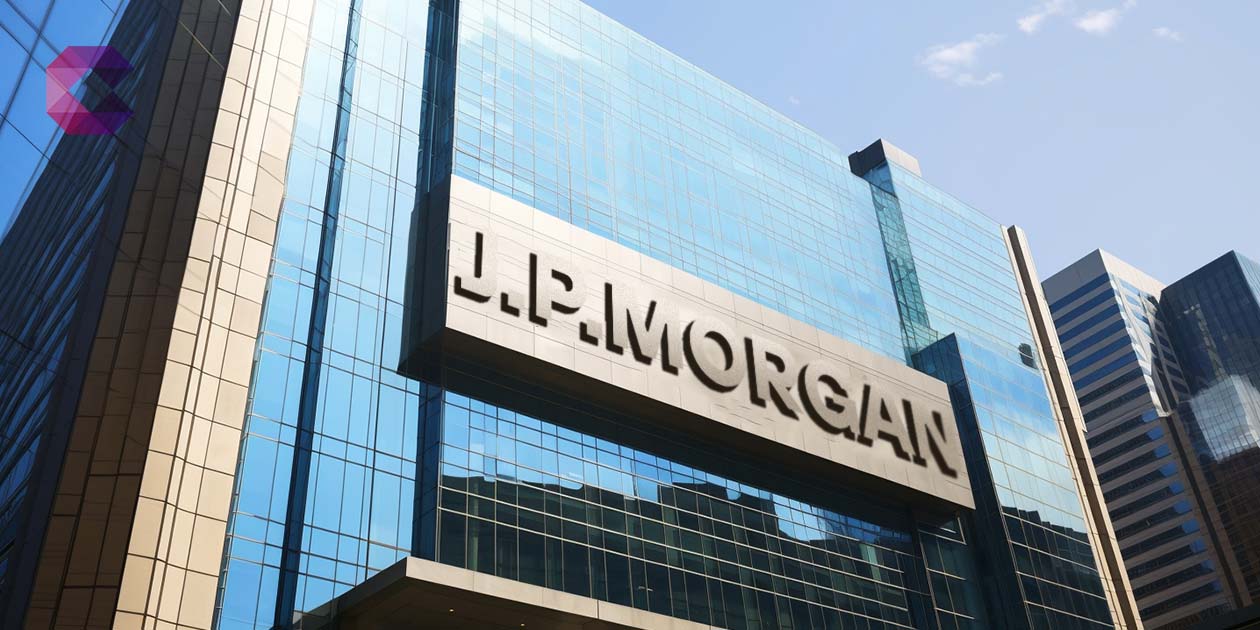Electricity costs played a crucial role in last year’s bear market as Bitcoin miners struggled to stay in business, says a JPMorgan report. In an environment where competitiveness is key, only miners with low electricity costs and a high sustainable energy mix will be able to survive.
This JPMorgan analysis highlights the growing importance of energy efficiency and sustainability in the cryptocurrency industry.
Bitcoin miners need to cut electricity costs to survive, says JPMorgan
According to a research report published Thursday by JPMorgan, only Bitcoin (BTC) miners with low electricity costs and a high sustainable energy mix are likely to survive in an increasingly competitive environment.
The main cost of mining activity is electricity, which influences the overall cost of bitcoin production. Thus, miners are looking for cheaper and sustainable energy sources to maintain their profitability.
The bank pointed out that electricity prices have fallen significantly in the United States, where the majority of Bitcoin mining companies are located. The report also noted that the United States held largest share of Bitcoin hashrate participation.

The cost of electricity played a crucial role in last year’s bear market, as miners struggled to survivethe bank said.
Hashrate refers to the collective computing power used to mine and process transactions on a blockchain proof-of-work like Bitcoin. This suggests a significant presence of mining machines actively involved in the process.
According to analysts led by Nikolaos Panigirtzoglou, “low electricity costs should limit the increase in the cost of Bitcoin production during this current phase of increased hashrate.”
Rising Bitcoin Mining Difficulty: A Growing Energy and Technical Challenge
Since 2020, Bitcoin mining difficulty has seen a noticeable increase. The exponential growth of the network and the increased participation of miners has led to an increase in difficulty, making obtaining new coins increasingly energy and technically demanding.
The average electricity price for Bitcoin miners globally is around $0.05 per kilowatt-hour (kWh)however, some large mining companies have managed to pay as little than $0.03/kWhsays the report.
Lower electricity costs help big bitcoin miners keep production costs down low Bitcoin and to “maintain their profitability even in the current highly competitive environment, where the hashrate has reached new all-time highs,” the report said.
“Vulnerable” miners, such as Core Scientific (CORZQ), Argo Blockchain (ARB) and Iris Energy (IREN), struggle to survive due to a “combination of falling bitcoin prices, rising debt servicing costs and rising electricity costs,” the analysts wrote. Miners with higher electricity costs suffered losses due to falling bitcoin prices over the past year.
Miners seek to diversify their energy mix using renewable sources in order to become more environmentally friendly. This is the case with CleanSpark, a bitcoin mining company that mines cryptocurrency using primarily low-carbon energy sources, demonstrating its commitment to environmental sustainability.
Sources: coindesk, coinwarz
